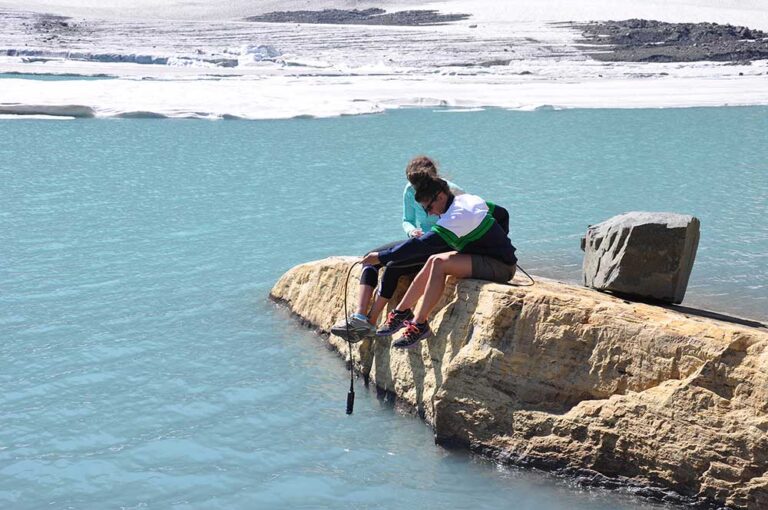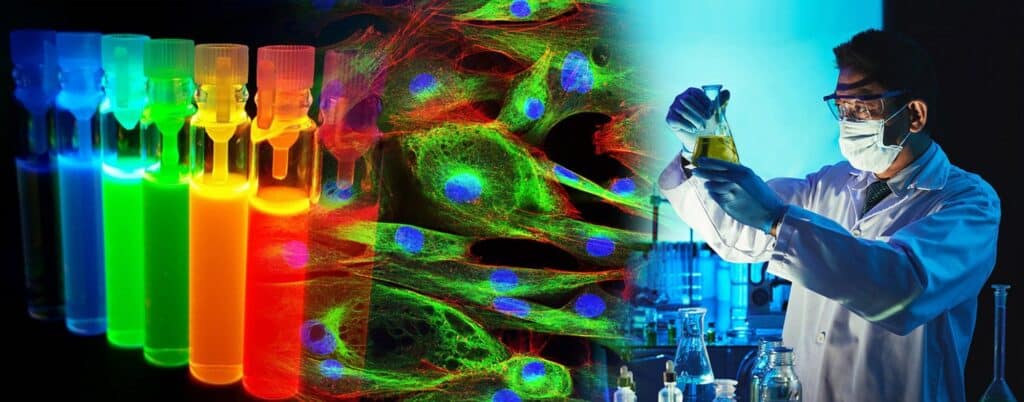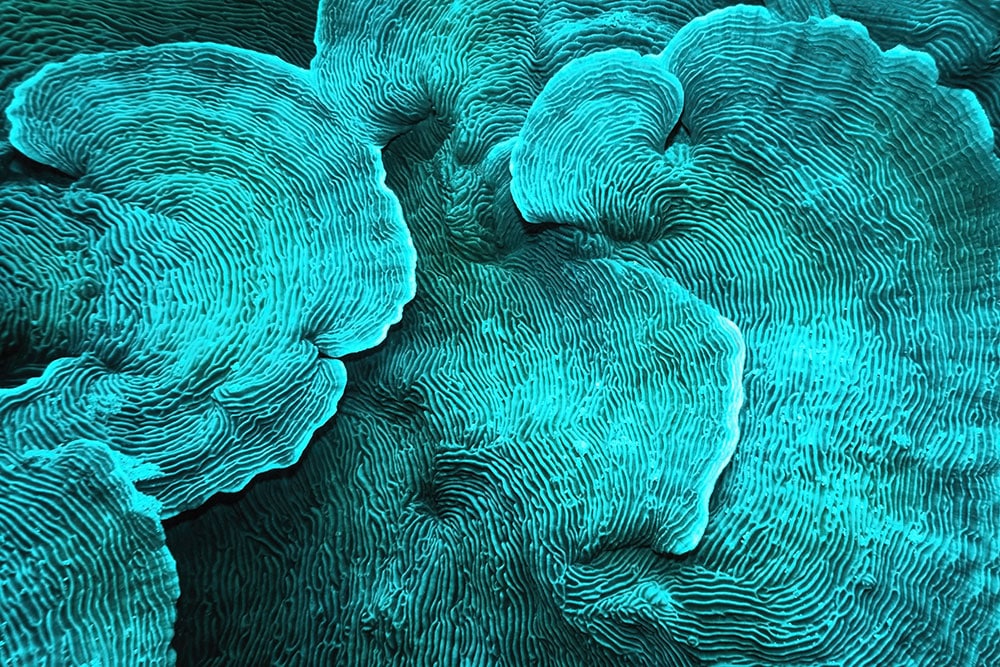Confessions of a Carbon Crusader: Decoding Earth’s Whispers with Fluorescence Spectroscopy
- Howard Frank
- Environment

Picture this: a renegade chemist, armed with a laser beam and an insatiable curiosity, delves into the heart of Earth’s carbon cycle. That’s Dr. Juliana D’Andrilli, a scientific Sir Arthur Conan Doyle on a mission to decipher the secrets locked within microscopic organic matter.
Forget dusty textbooks and sterile labs. D’Andrilli’s playground stretches from polar ice sheets to sun-drenched lakes, each ecosystem a whisper of Earth’s history etched in carbon. Her weapon of choice? Fluorescence spectroscopy, a magical tool that makes the invisible dance of carbon compounds visible.
Ice Cores: Time Capsules Whispering Tales of the Past
Imagine ice cores as Earth’s diary, each layer a frozen snapshot of a bygone era. D’Andrilli meticulously dissects these icy archives, using her fluorescent wand to conjure visions of ancient climates and carbon transformations. “Unlocking the mysteries of the past helps us understand our future,” she declares, her eyes sparkling with the thrill of discovery.
DOM: The Microscopic Maestro of the Carbon Cycle
D’Andrilli’s focus is on dissolved organic matter (DOM), the unsung hero of the carbon cycle. This microscopic maestro plays a starring role in every ecosystem, fueling food webs and influencing climate. With fluorescence as her translator, she deciphers DOM’s language, revealing its origins, transformations, and ultimate fate.
From Ice Sheets to Our Backyards: A Connected Carbon Odyssey
But D’Andrilli doesn’t just study carbon in isolation. She sees it as a globetrotting adventurer, journeying from melting ice sheets to our own backyards. As ice caps shrink, they release their ancient carbon cargo into the ocean, setting in motion a chain reaction of transformations that ultimately affect us all.
The Symphony of Carbon: A Delicate Balance on the Brink
“Carbon cycling is a natural process, a beautiful symphony,” D’Andrilli explains. But the burning of fossil fuels is throwing a wrench into this delicate balance, accelerating the release of ancient carbon and pushing the planet towards irreversible change.
Fluorescence: A Beacon in the Face of Uncertainty
Undeterred, D’Andrilli continues her quest, using fluorescence as a beacon in the face of uncertainty. Her research paints a vivid picture of a changing Earth, one where carbon transformations are accelerating and ecosystems are facing unprecedented challenges.
The Future: A World Richer in Carbon, But Where Will it Go?
“I see increased carbon transformations in the next few decades,” D’Andrilli predicts. “Warming temperatures will lead to higher productivity, and our biosphere and atmosphere will be richer in organic carbon.” But the big question remains: where will this carbon go, and what will it do when it gets there?
A Legacy Written in Fluorescence:
D’Andrilli’s research is more than just science; it’s a testament to human curiosity and our desire to understand the world around us. With her fluorescent wand, she’s not just unraveling the mysteries of carbon; she’s reminding us that even the smallest whispers can hold the secrets to our planet’s future.
So, the next time you sip your morning coffee or gaze at the vast ocean, remember the tiny carbon players and their epic journeys. And if you hear a faint hum, it might just be Dr. D’Andrilli, decoding Earth’s whispers, one fluorescent molecule at a time.


